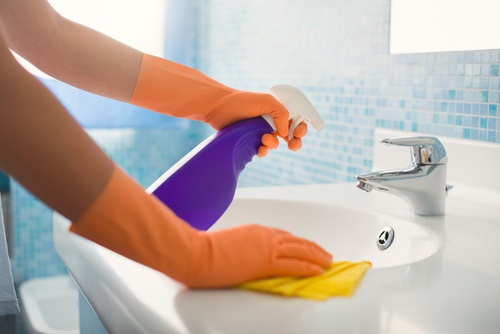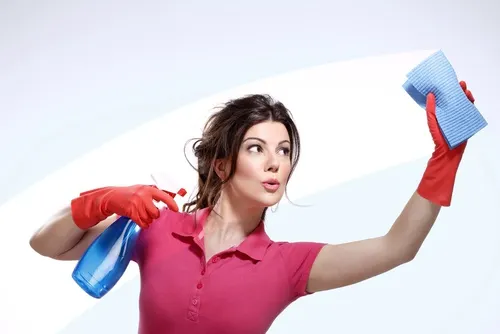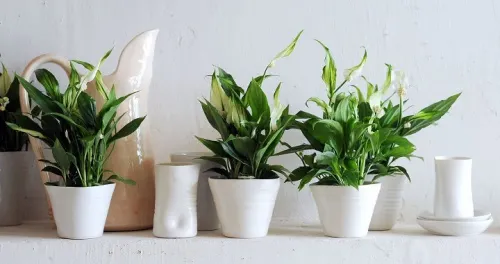7 Simple Tricks to Clean the Most Hard-to-Reach Spots in Your House

Cleaning your house isn’t always easy. There some hard-to-reach spots that make the task of cleaning seem impossible. In today’s article, we’ll reveal several tricks to make these kinds of chores easier for you.
1. Do a wet cleaning on your walls

Use the right material and don’t hesitate to clean your walls every two months. Water makes it easy to get even hard-to-reach spots.
To do this correctly, it’s best to choose the right materials and then soak them with water because this is the only way you’ll be able to really clean your walls.
And if there’s a truly purifying solution, it’s water. Water is capable of eliminating no less than 90% of dust.
To do a wet cleaning of your walls, simply use a damp cloth hooked to a stick that allows this device to reach all corners of the wall.
2. Clean top to bottom
You should also use a certain technique when you’re cleaning. Some methods are better than others.
It’s always best that you clean things from top to bottom. This way you’ll stop dust from one surface spreading to another place.
In addition, you’ll be able to prevent your cleaning session from turning into an endless process. By following this method, you’ll get results in a faster and more effective way.
3. Cleaning filters and ventilation vents

It’s important that these areas are always clean. If they’re not clean, there will always be dust in your house. After all, a lot of dust accumulates in these hard-to-reach spots.
You’ll find the tools and products necessary to be able to perfectly clean these smaller and hard-to-reach areas in supermarkets and specialized stores.
Such products range from special brushes to specific products.
4. Clean your carpets
The best way to your clean carpets is to steam them at least once a month.
Also Read:
The Benefits of Steaming
In addition, you should vacuum them every week. This quick action will prevent your carpets from becoming good places for the growth of mites.
If you’re buying new carpets or are thinking about changing your old ones, it’s best to select models made from non-synthetic fabrics. This is because they gather less dust.
5. Baby wipes: your greatest allies
Baby wipes can help a lot when cleaning.
Read also:
They’re useful both for removing dust from almost any surface and removing dirt from clothes. The best part is that they don’t leave stains and are more likely to guarantee a successful result.
In addition, they can also help if you want to clean your computer screen. Use baby wipes whenever you clean and buy them if you don’t have them at home.
6. Make sure your vacuum cleaner reaches even hard-to-reach spots
A vacuum cleaner is an appliance that you should definitely have when doing a thorough house cleaning. However, it’s not always easy to tidy up the hard-to-reach spots.
Despite this, the truth is that this is much easier to do if you use this simple trick:
- Attach a roll of toilet paper to your vacuum cleaner. This will allow you to get the vacuum cleaner to reach the most hard-to-reach places in the house. As you’d expect, these are the places which are most likely to be full of dust.
7. Clean your plants

Plants are the lungs of our home, as they’re responsible for filtering the air of impurities and dust.
In order to clean them, you’ll have to spray them with water on a regular basis. By doing this, the air in your house will be of better quality for you and your family.
Give these great cleaning tips a try!
This text is provided for informational purposes only and does not replace consultation with a professional. If in doubt, consult your specialist.








